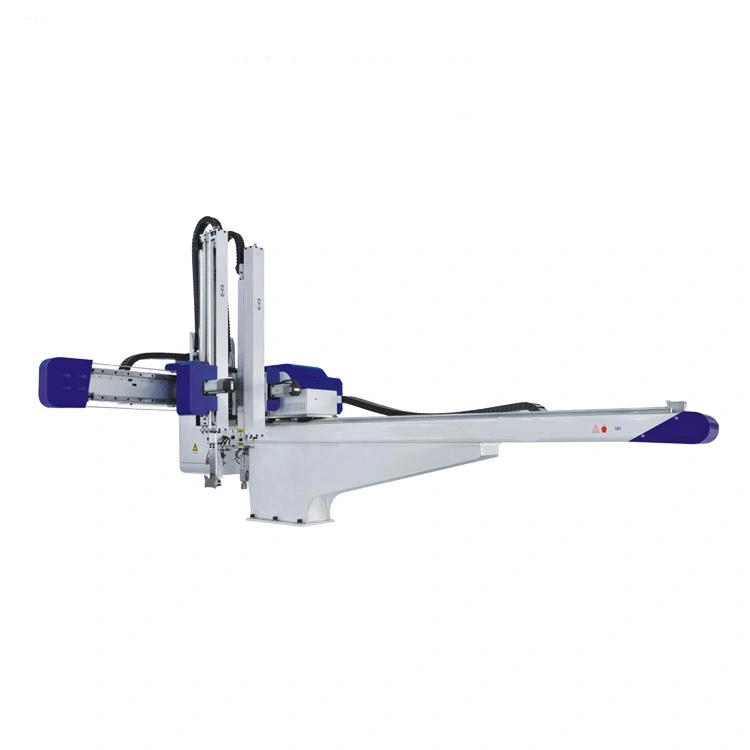3-Axis Robots Facilitate Human-Machine Collaboration

3 axis robots are seeing increasing use in automated production lines. However, they have once been isolated in cells for a longt time to ensure the safety of those working in close proximity to them. Nowadays, it matters more than we might think if we redefines the role robots play in all walks of life, particularly industry sector.
Following in the footsteps of their machine colleagues, 3 axis robots are assuming more and more responsibility in modern production lines. For 40 years, robots have been making our lives easier by taking tasks that are too difficult, too hazardous or simply too monotonous for humans. To this day, more often than not, they are confined to isolated cells. But a robot-specific safety software module known as Safe ROBOTS now makes it possible for humans and robots to work side-by-side and reinforce each other.
The fact that each safety control application only needs to be certified once is only one of the advantages offered by B&R's solution. Transformation parameters also permit modeling of mixed configurations where a robot itself is mounted on a linear portal axis or rotary table.
Since the invention of the electromechanically-driven 3 axis robots, it has never been this easy to allow humans and machines to work together safely. They greatly facilitate human-machine collaboration, which in return improves production efficiency, elevates human capabilities to new levels and helps unlock unprecedented value for companies and wider society.